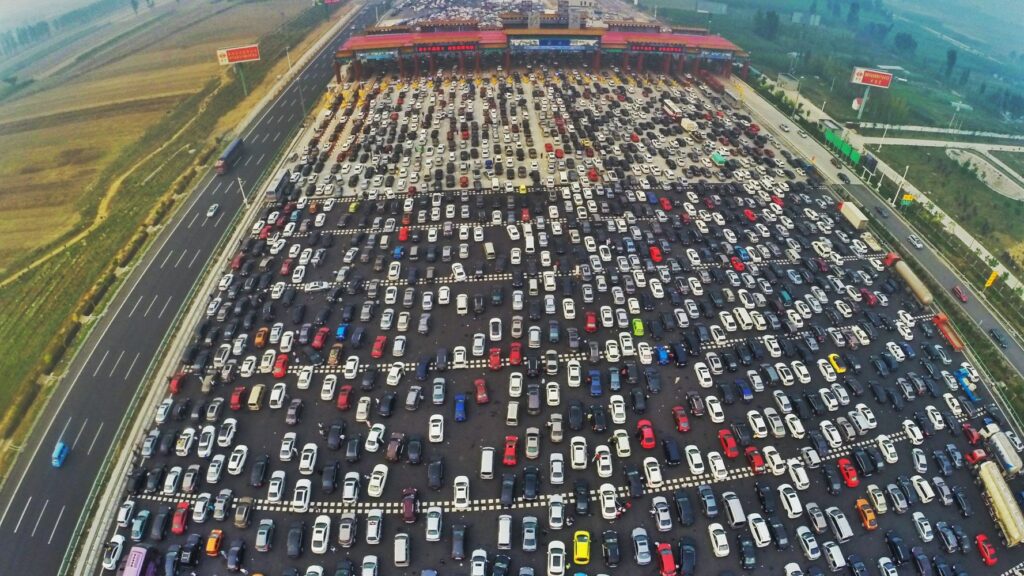In a recent forecast, GlobalData, a prominent data and analytics company, predicts substantial growth in China’s motor insurance industry, projecting a compound annual growth rate (CAGR) of 4.5%.
The industry’s gross written premiums (GWP) are expected to escalate from CNY871.2 billion ($129.1 billion) in 2023 to an impressive CNY1.1 trillion ($171.9 billion) by 2028.
GlobalData’s Insurance Database reveals that China’s motor insurance industry is poised to experience its peak growth at 6.1% in 2023. This surge is attributed to the rising demand for new energy vehicles (NEVs) and favorable regulatory reforms aimed at increasing the pricing cap for commercial motor insurance. The forecast underscores the industry’s resilience and its ability to adapt to evolving market dynamics.
Sravani Ampabathina, Insurance Analyst at GlobalData, said of the findings: “Motor insurance in China is rebounding after experiencing volatilities during 2018-21, arising from depressed economic conditions, COVID-19, supply chain issues, and regulatory challenges that lowered premium prices. The situation recovered in 2022 with an increase in vehicle sales that has continued in 2023.”
The China Association of Automobile Manufacturers (CAAM) also reported an 8% growth in total vehicle sales for January-August 2023 compared to the same period the previous year.
Insurers are poised to benefit from this growth, particularly with the increasing premium prices for New Energy Vehicles (NEVs). Typically, NEV insurance premiums are approximately 20% higher than those for internal combustion engine vehicles. NEV sales constituted 29.5% of total vehicle sales from January to August 2023, marking a significant 39.2% increase over the same period last year, according to CAAM data.
In a bid to stimulate the adoption of NEVs, the Chinese government, in June 2023, extended subsidies for these vehicles until 2027. Under this prolonged policy, new NEVs purchased in China until December 31, 2025, qualify for a 10% purchase tax exemption, capped at CNY30,000 (US$4,447.8). Subsequently, from January 1, 2026, to December 31, 2027, the exemption will be halved.
The pricing landscape for Chinese motor insurance premiums is tightly regulated, with insurers operating within specified pricing coefficient limits set by the regulator. In a significant development in April 2023, the regulator expanded the pricing coefficient limits for motor insurance premiums from the previous range of 0.65-1.35 to a more flexible range of 0.5-1.5. It’s worth noting that this adjustment applies to all commercial vehicles, excluding New Energy Vehicles (NEVs).
This regulatory shift grants insurers increased flexibility, allowing them a broader spectrum for pricing coefficients. Notably, this change is expected to empower insurers in setting premiums for high-risk vehicles, fostering a more responsive and nuanced approach to risk assessment. Beyond that, the expanded pricing autonomy is anticipated to enhance the availability of commercial insurance in the country, creating a conducive environment for insurers to refine their premium pricing strategies and segmentation techniques. The move aligns with the broader goal of encouraging insurers to elevate their expertise and precision in motor insurance premium determination.
Ampabathina said: “Relaxed regulations on premium prices for commercial vehicle insurance are also expected to benefit motor insurance growth over the coming years.”
He added: “Motor insurance in China is moving closer to full marketisation through periodic reforms that aim to lower premiums, expand insurance coverage, and improve overall insurance quality. Furthermore, increasing vehicle sales and rising demand for NEVs will support the motor insurance industry growth over the next five years.”








